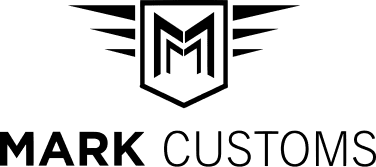Window Tinting Standards
Window Tint Standards can be found in the Texas Administrative Code, Title 37, Part 1, Rule§21.1.
Note: Windows immediately to the right and left of the driver that have less than 25% light transmission will fail inspection, regardless of the year model of the vehicle.
Windshield
Sunscreen devices can be applied to the windshield if all of the conditions below are met.
- Sunscreen devices must be applied above the AS-1 line. If there is no AS-1 line, sunscreen devices must end five inches below the top of the windshield.
- Sunscreen devices may not be red, amber, or blue in color.
- Sunscreen devices, when measured in combination with the original glass, must have a light transmittance value of 25% or more.
- Sunscreen devices, when measured in combination with the original glass, must have a luminous reflectance value of 25% or less.
- A clear (un-tinted) UV film is allowed anywhere on the front windshield without a medical exemption being required.
Side Windows to The Right and Left of The Driver
Sunscreen devices can be applied to the side windows to the right and left of the driver if the following conditions are met.
- Sunscreen devices, when measured in combination with the original glass, have a light transmittance value of 25% or more.
- Sunscreen devices, when measured in combination with the original glass, have a luminous reflectance value of 25% or less.
Side Windows to The Rear of The Driver
Rear Window
A sunscreen device can be applied to the rear window of the vehicle if the following conditions are met.
- If a motor vehicle is equipped with an outside mirror on each side of the vehicle that reflects to the vehicle operator a view of the roadway for a distance of at least 200 feet from the rear of the vehicle then there are no restrictions regarding the sunscreen devices applied to the rear window.
If a motor vehicle is not equipped with such mirrors then the rear window must meet the following standards:
- Sunscreen devices, when measured in combination with the original glass, must have a light transmittance value of 25% or more.
- Sunscreen devices, when measured in combination with the original glass, must have a luminous reflectance value of 25% or less.
Window Tint Exemptions
Below are the exemptions to Window Tint requirements.
- Vehicles used to transport passengers on a regular basis for a fee, (i.e., taxi, limousine, and buses).
- Vehicles that are maintained by a law enforcement agency and used for law enforcement purposes.
- Vehicles used by persons with medical permits. Drivers of these vehicles must present a letter of authorization from the Texas Department of Public Safety to gain this exemption.
Motorists may request a medical exemption from the Texas Department of Public Safety by submitting an application and a signed statement or prescription from a licensed physician or licensed optometrist. This statement should state that it is his or her opinion that the exemption is necessary to safeguard the motorist’s health.
Note: The medical exemption allows motorists to place a darker tint on the front side windows and the upper portion of the front windshield (top 5 inches or above the AS-1 line, whichever is less). The exemption does not, however, allow a motorist to place a sun screening device on the rest of the front windshield.
Window Tint Label
View the Texas Transportation Code, Chapter 547.613, Restrictions on Windows.

